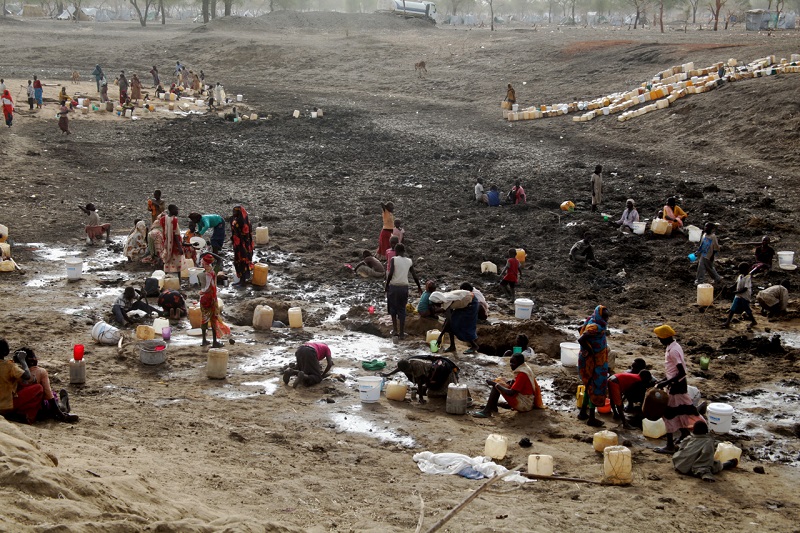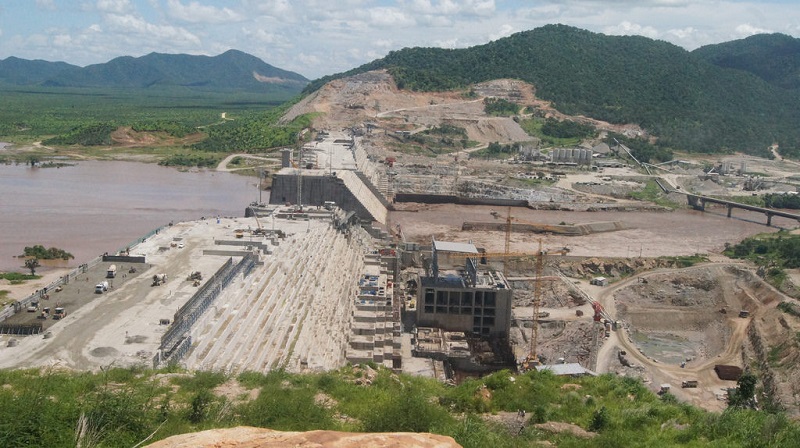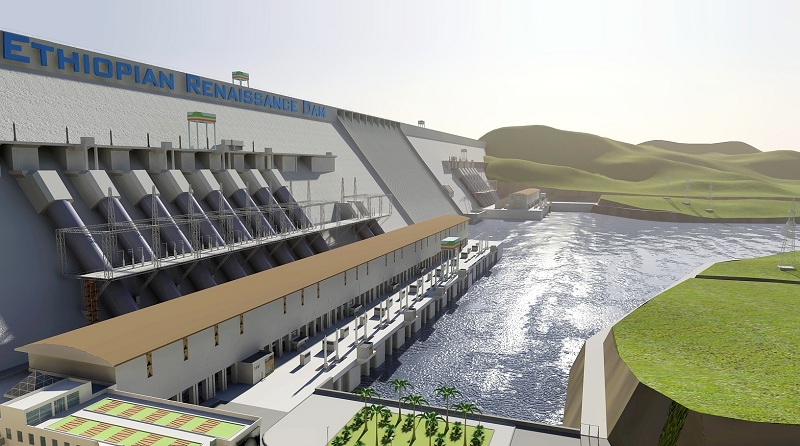By Kareem Sheta
For centuries, war has been a constant plague spreading and infecting countries across the Middle East. Nevertheless, Egypt always emerges from the wreckage of conflict and anguish stronger than ever like an immortal phoenix reborn from the ashes. With the ongoing construction of the Grand Ethiopian Renaissance Dam since 2011, Egypt is now at risk of involvement in its 27th war in the past two centuries. With the population expected to double in 50 years, the reduction of our country’s already limited water supply and the potential damage of farmlands, what will become of our great nation?

The Grand Ethiopian Renaissance Dam is designed to eventually fill the giant reservoir behind it to power the largest hydroelectric dam in Africa. The $5 billion project is also built to maintain a capacity to generate over 6,400 Megawatts. Despite the structure’s theoretically massive contribution to world history upon completion, downstream Egypt & Sudan do not share the same emotions of anticipation as Ethiopia. Why? The Nile provides 90 percent of our water source and around 60 percent of it originates in Ethiopia from the Blue Nile that also supplies Sudan.
“We have taken into account (the dam’s) probable effects on countries like Egypt and Sudan,” said Ethiopia’s water, irrigation, and electricity minister, Sileshi Bekele.

The severity of the situation primarily depends on the management of the flow and how fast Ethiopia fills its reservoir, which can hold up to 74 billion cubic meters of water. Opinions are split into two separate streams. On one hand, a Cairo University agriculture professor estimated that “Egypt would lose a staggering 51 percent of its farmland if the fill is done in three years while a slower, six-year fill would cost Egypt 17 percent of its cultivated land”. On the other hand, some experts state that the dam will cause minimal harm to its fellow neighboring countries provided Ethiopia, Sudan, and Egypt are on the same page and the rate of filling the reservoir is unanimously decided. Based on recent events, this does not seem to be the case; moreover, there is no clear prognosis of the possible effects of the dam until today.
“To my knowledge, this situation is unique, particularly at this scale,” said Kevin Wheeler at the Oxford University’s Environmental Change Institute. “I just can’t think of another case that has two large reservoirs in series without a plan on how to operate them together.”
It is evident that Ethiopia’s dam is a double-edged sword that will result in both favorable and unfavorable consequences.



